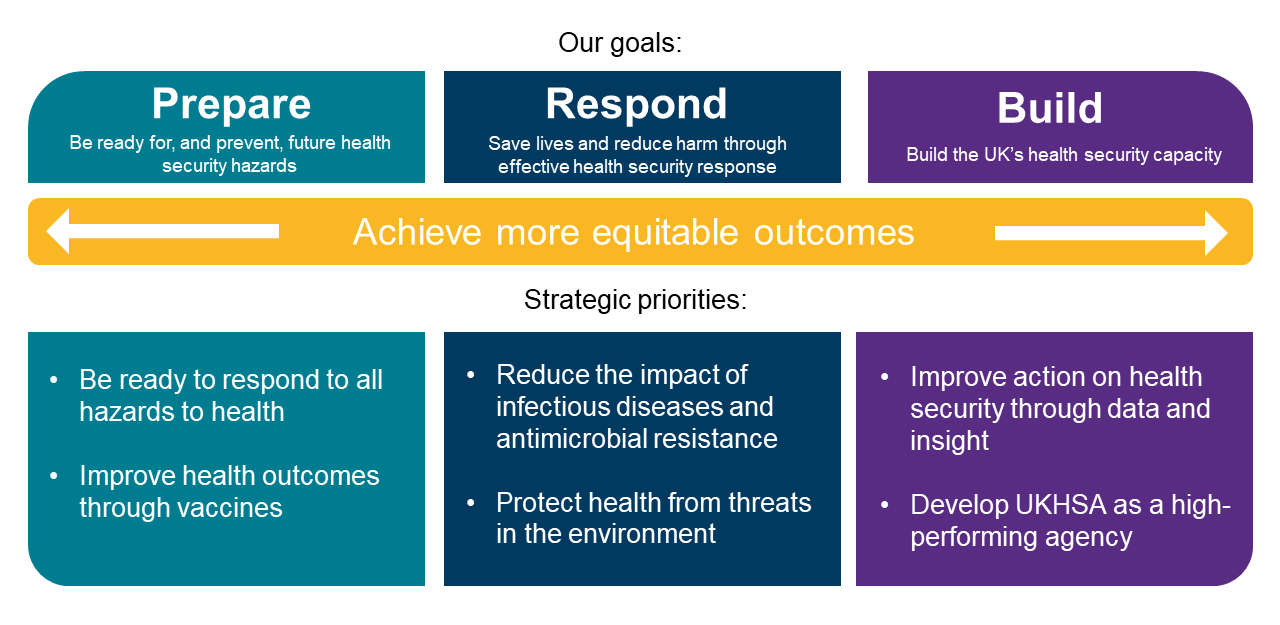Prevention is not just a concept—it is a strategic framework that allows individuals and communities to minimize health risks and build a stronger foundation for the future. By understanding how habits, environment, and early detection work together, prevention becomes a powerful tool for long-term well-being.
1. Why Prevention Matters More Than Ever
Today’s fast-paced lifestyle often leads to stress, inactivity, poor diet, and exposure to pollutants. Preventive health helps counteract these factors before they develop into chronic conditions.
1.1. Rising Chronic Diseases
Conditions such as heart disease, diabetes, and obesity are increasingly common, yet largely preventable through early interventions.
Example:
A simple routine of brisk walking for 20 minutes daily can significantly reduce the risk of developing type 2 diabetes.
1.2. Prevention Reduces Healthcare Costs
Treating advanced diseases is expensive, but preventing them is far more cost-effective.
Example:
Identifying high blood pressure early avoids hospitalizations, expensive medications, and complications such as strokes.
2. Core Components of Effective Prevention
Preventive health is built on a combination of daily habits, environmental factors, and informed decisions.
2.1. Healthy Daily Habits
The basics—sleep, hydration, balanced diet, and exercise—remain the strongest line of defense.
Example:
People who sleep 7–9 hours regularly show stronger immune systems and improved cognitive performance.
2.2. Protecting Mental Health
Mental well-being is a critical component of overall health, yet often neglected.
Practical actions:
- Setting boundaries with work
- Practicing breathing exercises
- Taking regular digital breaks
Example:
A person who adds 5 minutes of mindfulness each morning may experience lower stress levels and better concentration.
2.3. Maintaining a Safe Environment
From indoor air quality to workplace safety, the environment shapes health outcomes.
Example:
Using air purifiers in homes with high pollution levels can reduce respiratory symptoms and improve sleep.
3. Preventive Screenings and Early Detection
Even healthy individuals benefit from periodic check-ups to catch silent issues.
3.1. Age-Targeted Screenings
Different ages require different preventive measures.
Examples:
- 20s–30s: cholesterol, vision, dental check-ups
- 40s–50s: mammograms, prostate screenings, diabetes tests
- 60+ years: bone density exams, cardiovascular evaluations
3.2. Tracking Personal Health Data
Keeping simple records can help identify patterns.
Example:
Someone who logs their headaches may later discover they coincide with dehydration or sleep deprivation.
3.3. Vaccination as Prevention
Immunization protects individuals and communities.
Example:
Receiving routine booster shots reduces the spread of preventable diseases in workplaces and schools.
4. Nutrition as a Preventive Tool
Diet plays a central role in long-term health.
4.1. Anti-Inflammatory Eating
Fruits, vegetables, omega-3s, and whole grains help reduce systemic inflammation.
Example meal:
Salmon with steamed broccoli, brown rice, and mixed berries.
4.2. Portion Awareness
Even healthy foods can lead to weight gain if consumed excessively.
Example:
Switching from large to medium plates can reduce calorie intake by up to 20% subconsciously.
5. Building a Personal Prevention Plan
A structured plan helps transform prevention into an everyday habit.
A Weekly Prevention Plan Example
- Monday: 30-minute walk + hydration goal
- Wednesday: cooking a balanced homemade meal
- Friday: stress-reduction activity (yoga, breathing, journaling)
- Sunday: planning meals + reviewing personal health goals
Monthly Tasks
- Check blood pressure (home monitor or pharmacy)
- Review exercise progress
- Replace or clean air filters
- Schedule medical appointments if needed
Conclusion
Prevention is a long-term investment that pays off in health, energy, and quality of life. By adopting healthy habits, staying informed, and committing to routine screenings, individuals can dramatically reduce risk factors and build a stronger, more resilient future. Prevention is not complicated—it’s a series of small decisions that, over time, create lasting health.
